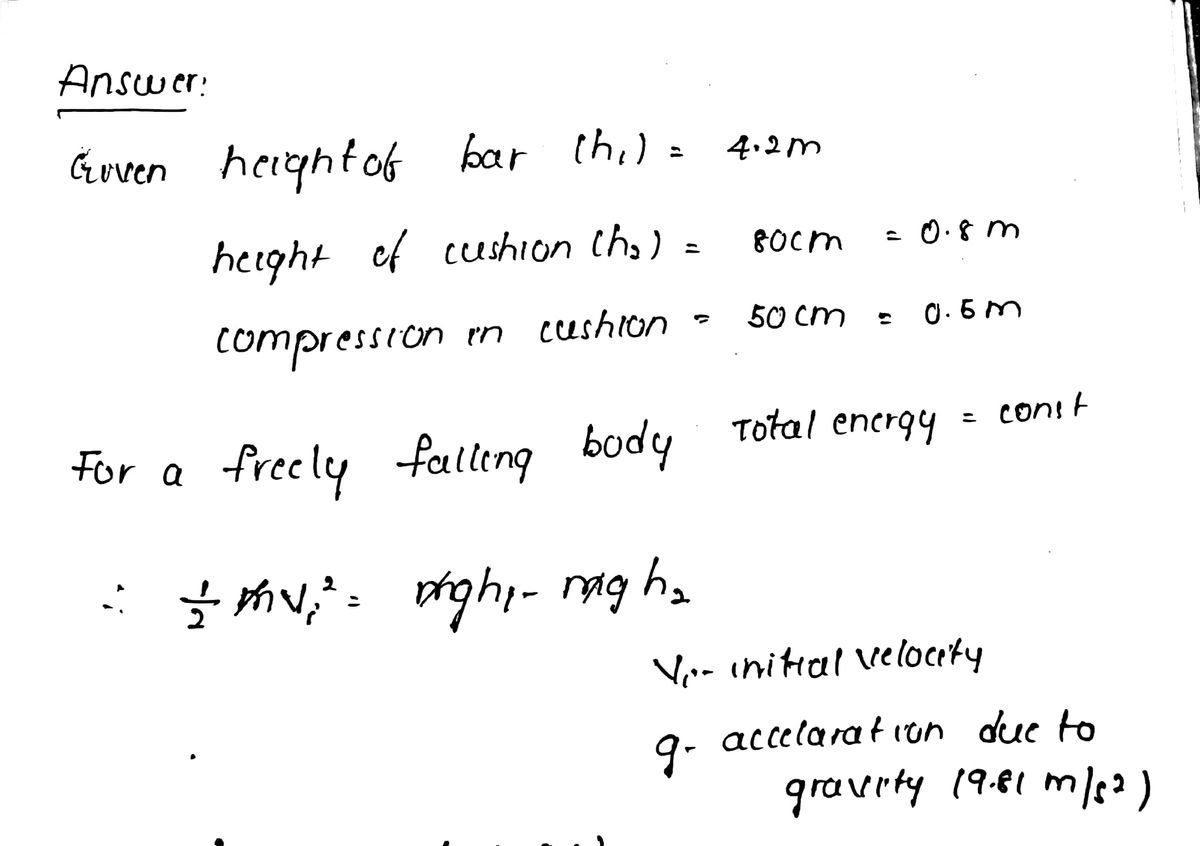pole vaulter is momentarily motionless as he clears the bar, which is set 4.2 m above the ground. He then falls onto a thick cushion. The top of the cushion is 80 cm above the ground, and it compresses by 50 cm as the pole vaulter comes to rest. What is his acceleration as he comes to rest on the cushion?
Displacement, Velocity and Acceleration
In classical mechanics, kinematics deals with the motion of a particle. It deals only with the position, velocity, acceleration, and displacement of a particle. It has no concern about the source of motion.
Linear Displacement
The term "displacement" refers to when something shifts away from its original "location," and "linear" refers to a straight line. As a result, “Linear Displacement” can be described as the movement of an object in a straight line along a single axis, for example, from side to side or up and down. Non-contact sensors such as LVDTs and other linear location sensors can calculate linear displacement. Non-contact sensors such as LVDTs and other linear location sensors can calculate linear displacement. Linear displacement is usually measured in millimeters or inches and may be positive or negative.
A pole vaulter is momentarily motionless as he clears the bar, which is set 4.2 m above the ground. He then falls onto a thick cushion. The top of the cushion is 80 cm above the ground, and it compresses by 50 cm as the pole vaulter comes to rest. What is his acceleration as he comes to rest on the cushion?

Trending now
This is a popular solution!
Step by step
Solved in 2 steps with 2 images









